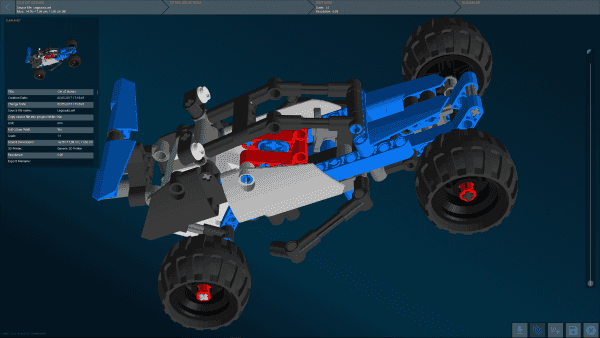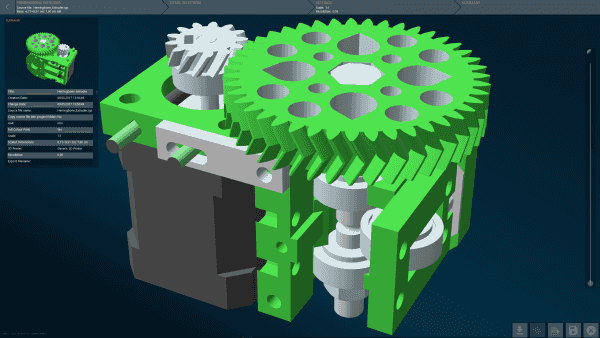
The concept of 3D printing seems to be pretty simple, however often it can be challenging to actually produce or print products. There are a lot of hick-ups and pitfalls that undermine the process. Hardware is still imperfect and 3D models are not suitable for printing ‘out of the box’. When it comes to printing 3D models engineers have to manually optimize the design: to thicken the walls, correct overlapping surfaces, edit normals, fill cavities and holes or even re-produce the whole design from scratch. Furthermore, there are scaling issues. Changing the scales of the digital model may trigger inconsistencies in the physical product, which leads to defect rates increase. Dealing with those challenges could be costly in terms of time, resource wasting, elongation of the production cycle and increase of the time-to-market.
Christopher Maiwald
Thus, despite all the beauty of 3D printing, there are still a lot of issues that roadblock effective usage of 3D printers in production, and people from RUHRSOURCE are determined to solve them. Their flagship application CUR3D processes 3D files and automatically optimizes data for 3D printing, reducing the prepress preparations from several hours to a couple of minutes and making the whole process more robust.
Challenge
3D printing was warmly welcomed by manufacturers in engineering, automotive, aerospace, construction and other industries. Major part of CAD data in those industries contains solid geometries. This is needed to meet challenges of design, simulation, production and so on. On the other hand, 3D printing leverages polygonal file formats, as the triangulation mesh is enough for the printer to produce the good, there is no need to store precise geometry. The differences in mesh and solid geometry complicate and block the applicability of the already existing designs of manufacturer's in 3D printing. Once you face a need to prototype goods via 3D printer, you will also need to manually re-design the existing product or convert the existing design to the suitable format (STL, OBJ, VRML, X3D are most popular for 3D printing) and hope that the quality of the output will be sufficient for effective 3D printing.
The file format and geometry type differences limited the usability of CUR3D by professionals from automotive, AEC and other industries, using CAD. This slowed down the user base growth and business development.
Solution
To extend the list of supported formats in CUR3D, RUHRSOURCE team used CAD Exchanger SDK. Basic Package was enough to add support for most used CAD files like STEP and IGES. Now, that CUR3D can seamlessly import and process engineering file formats users from production spheres are able to print virtually any design within a couple of minutes. Manual re-design from scratch or any additional optimization tweaks won’t be needed.

Value
With the integration of CAD Exchanger SDK and STEP/IGES support, RUHRSOURCE streamlined user experience and extended the audience reach. Now, CUR3D will be helpful not only for 3D printing professional, but for engineers and CAD designers as well.
The typical challenge of integration of 3rd party libraries into desktop application is tied with the long learning curve and associated costs. However, Christopher Maiwald, CTO of RUHRSOURCE says: “We found CAD Exchanger easy to set up, and with just a few steps we were able to import a variety of new formats”. Within free evaluation period of CAD Exchanger SDK Chris, with the help of our development team was able to successfully integrate our libraries into his product. If you would like to test CAD Exchanger SDK, please contact us at info@cadexchanger.com.
